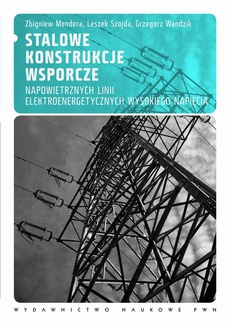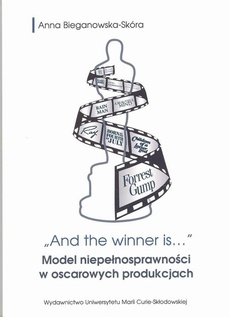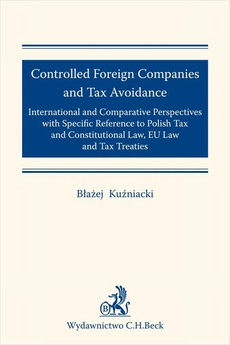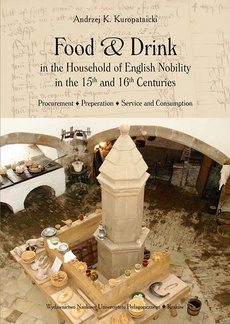POLECAMY
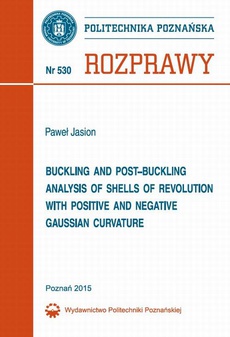
-33%
Buckling and post-buckling analysis of shells of revolution with positive and negative Gaussian curvature
Rozprawy Nr 530
Autor:
Wydawca:
Format:
pdf, ibuk
Rozprawa jest poświęcona sprężystej stateczności powłok baryłkowych. Wszystkie badania prowadzono metodą elementów skończonych. Zbadano stan krytyczny powłok jednowarstwowych poddanych działaniu różnych obciążeń. Szczegółową analizę pokrytycznego stanu powłok baryłkowych wykonano tylko dla obciążenia w postaci równomiernego ciśnienia zewnętrznego. Ponadto analizowano stateczność powłok trójwarstwowych o stałej i zmiennej grubości. Z badań wynika, że powłoki z dodatnią krzywizną Gaussa wykazują tym większą odporność na wyboczenie, im większą wartość ma krzywizna południkowa. Natomiast większość powłok z ujemną krzywizną Gaussa charakteryzuje się spadkiem odporności na wyboczenie wraz ze wzrostem krzywizny południkowej. Stan pokrytyczny wypukłych powłok baryłkowych jest niestateczny, natomiast wklęsłych baryłek może być stateczny. Stabilizację ścieżek równowagi uzyskuje się przez wprowadzenie do walcowej powłoki krzywizny południkowej o określonej wartości. Analogiczne wyniki otrzymano dla powłok trójwarstowych. W tym przypadku jest możliwa jedynie stabilizacja powłok z bardzo lekkim rdzeniem.
| Rok wydania | 2015 |
|---|---|
| Liczba stron | 98 |
| Kategoria | Budownictwo |
| Wydawca | Wydawnictwo Politechniki Poznańskiej |
| ISBN-13 | 978-83-7775-383-5 |
| Numer wydania | 1 |
| Język publikacji | polski |
| Informacja o sprzedawcy | ePWN sp. z o.o. |
Ciekawe propozycje
Spis treści
| Abstract | 5 |
| Symbolic notation | 6 |
| Preface | 7 |
| 1. Introduction | 9 |
| 1.1. Shells as structural elements | 9 |
| 1.2. Geometry of a shell of revolution | 10 |
| 1.3. Structural stability | 12 |
| 1.4. Possibility of stabilisation of the post-buckling behaviour | 14 |
| 1.5. FE method in the stability analysis of shells | 16 |
| 2. State of the art – literature review | 19 |
| 2.1. Layout of the review | 19 |
| 2.2. Buckling of doubly-curved shells | 19 |
| 2.3. Post-buckling analysis of doubly-curved shells | 27 |
| 2.4. Finite element method in stability analysis | 29 |
| 3. Buckling behaviour of barrelled shells under various types of load | 31 |
| 3.1. Geometry and FE model of the shell | 31 |
| 3.2. External pressure | 33 |
| 3.3. Axial compression | 35 |
| 3.4. Pure bending | 37 |
| 3.5. Torsion | 38 |
| 4. Stability and post-buckling behaviour of single-layer barrelled shells under external pressure | 41 |
| 4.1. Scope of the investigation | 41 |
| 4.2. Geometry and FE model of the shell | 41 |
| 4.3. Buckling shapes and buckling loads | 43 |
| 4.3.1. Shells with positive Gaussian curvature | 43 |
| 4.3.2. Shells with negative Gaussian curvature | 46 |
| 4.4. Post-buckling behaviour of barrelled shells | 49 |
| 4.4.1. General remarks | 49 |
| 4.4.2. Shells with positive Gaussian curvature | 50 |
| 4.4.3. Shells with negative Gaussian curvature | 51 |
| 4.4.4. Imperfection sensitivity of barrelled shells | 54 |
| 5. Stability of sandwich barrelled shells of constant thickness | 57 |
| 5.1. Applications and properties of sandwich shells | 57 |
| 5.2. Geometry and FE model of a sandwich barrelled shell of constant thickness | 58 |
| 5.3. Shells with positive Gaussian curvature | 60 |
| 5.4. Shells with negative Gaussian curvature | 63 |
| 6. Stability of sandwich barrelled shells of variable thickness | 67 |
| 6.1. Shells of variable thickness | 67 |
| 6.2. Geometry and FE model of a sandwich barrelled shell of variable thickness | 68 |
| 6.3. Shells with positive Gaussian curvature | 71 |
| 6.4. Shells with negative Gaussian curvature | 74 |
| 7. Final remarks | 79 |
| 7.1. Summary of results | 79 |
| 7.2. Perspectives of further investigation | 80 |
| Bibliography | 83 |
| Streszczenie | 97 |






